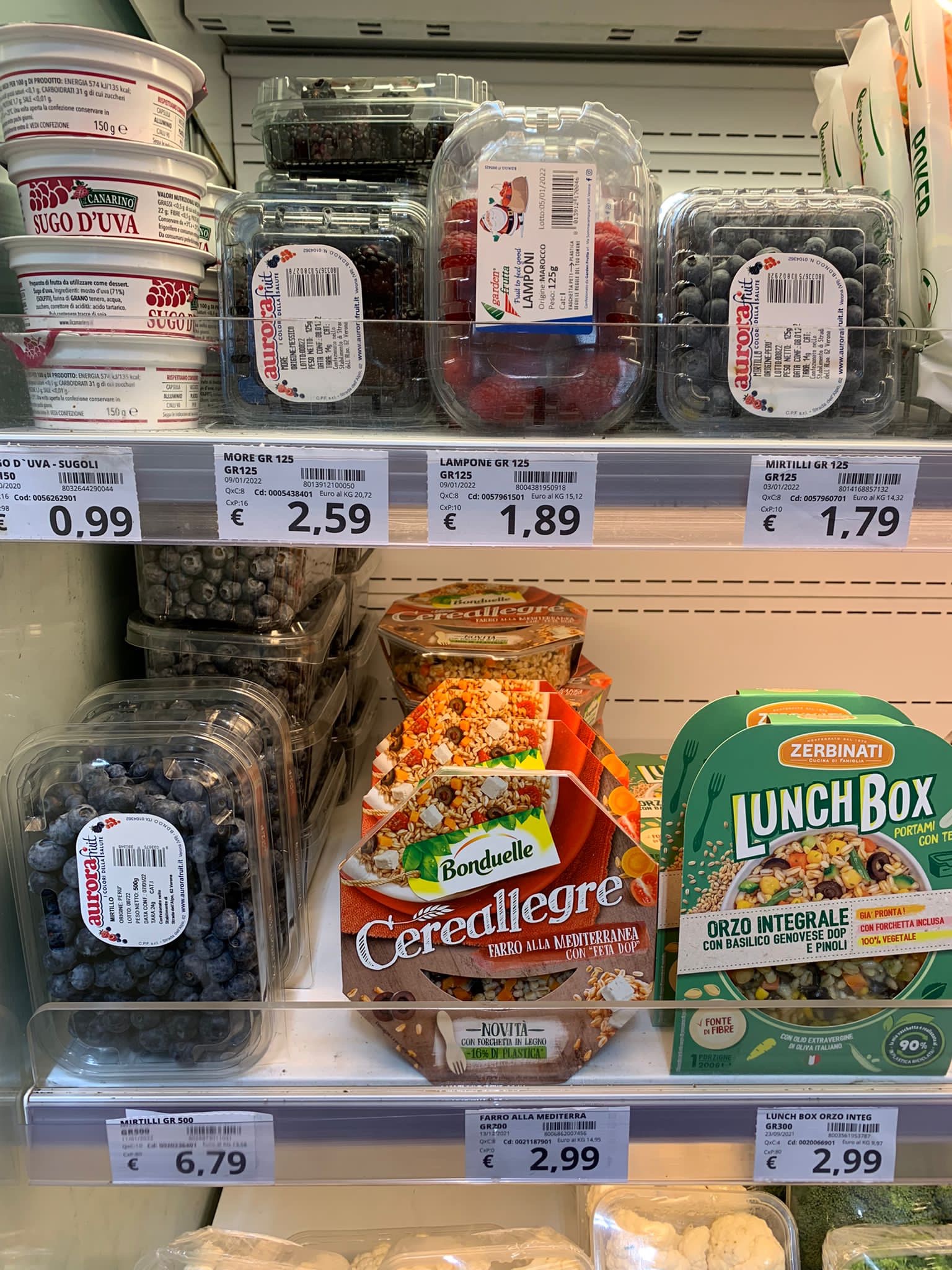blueberries provide many health benefits in a balanced diet, from antioxidant properties that prevent premature ageing to diabetes, blood pressure and cholesterol control. If you are about to start growing blueberries here is some essential information that will help you in this endeavour. The first thing to bear in mind is that growing blueberries in pots is one of the best ways to ensure a great harvest. However, you need to take into account several aspects that will help you to ensure the success of your cultivation.
Here are the ten key requirements for growing blueberries in containers.
- Selecting the right variety of blueberries
All varieties of blueberries that are grown today are the result of the wild species Vaccinium ashei and Vaccinium corymbosum, which grow in North America. The flowers of blueberry are hermaphroditic and self-fertile, which means that
can produce fruit from a single plant. However, and according to experts, higher yields can be achieved if two different varieties are grown that produce flowers at the same time.
There are different varieties of blueberries developed for each area and type of climate, but places with cold climates are ideal. Places with excessive heat, winds and heavy rainfall should be avoided because they cause the fruit and flowers to fall, as well as damaging pollination. As a recommendation, before starting your cultivation of blueberries, investigate which variety is best suited to the area in which you are located. - Considering the size of the plants
An average bush of blueberries grows up to six feet, which is big enough for a plant in a container. We have compiled a list of the most widely grown varieties of blueberry so that you can get used to their trade names and their main characteristics:- Lowbush. As the name indicates, they are small shrubs that can grow up to 50 cm (about half the length of a baseball bat) and belong to the species V. angustifolium.
- Northern Highbush. These shrubs can grow up to 1.5 and 2 metres and are the most cultivated variety in the world developed from two species, V. corymbosum and V. australe.
- Southern Highbush. These shrubs grow between 1.5 and 2 metres and are a hybrid designed by crossing V. corymbosum, V. elliottii, V. ashei and V. darrowi. This variety was created to be produced in warm climates with soft winters; it is ideal for low latitudes ranging from 28 to 35 degrees where winters rarely fall below 7°C. It is grown in Florida, Georgia, Chile, Spain, Africa and Mexico.
- Halfhigh. These shrubs are a cross between Northern Highbush and Lowbush and grow up to 1 and 1.2 metres.
- Rabbiteye. This group belongs to the species V. ashei and its name is due to the fact that the berries turn pink (like the colour of a white rabbit's eyes) and then turn blue. They are the largest bushes of blueberry and can reach up to 20 feet in height, so pruning is necessary.
- Choosing the right container
Taking into account the variety of blueberries you will be growing, you need to choose the size of the container in order to get the best yields and for the plant to develop its full potential.
The best pots to use for growing blueberries are those of 25 and up to 40 litres (about half the volume of a mini fridge) and taking into account at least 50 centimetres of depth; the distance between pots should be at least 80 centimetres.
The best growing containers for blueberries are those made of rigid plastic, as they keep the plant in the same position and avoid movements that can affect the root. In addition, these types of containers are more resistant to handling, drastic changes in temperature and the effects of solar radiation, specialised plastic pots also promote uniform root growth and prevent root spiralling.
It should be noted that the pot should be as far away from the soil as possible to avoid disease, so pots with high feet are recommended. High feet also help to prevent the pot from sinking into soft soil. - Choosing a suitable substrate
In the case of hydroponic cultivation of blueberries, the substrate to be used must be inert and have a high capacity for retaining moisture, as this is a determining factor for the plant to have the nutrients it needs to breathe, carry out photosynthesis and its reproductive process.
Throughout the process, the root must have adequate respiration, so it is important to choose a substrate with a stable structure, plenty of porosity and complementary aeration to avoid the danger of oxygen starvation in the root zone. For blueberries grown in pots and on a substrate base, we recommend using a mixture of one part pine bark and one part peat moss; you can also use a mixture of coconut fibre, peat moss and perlite. - Check PH and acidity
Another essential factor in the cultivation of blueberries is the pH or acidity of the soil. blueberries requires a soil pH of 4.5 to 5.5, which should be maintained throughout the life of the shrub. Fortunately, when blueberries are grown in pots, it is quite easy to control the pH of the soil. It is advisable to measure the pH of the soil regularly with a measuring instrument and to fertilise if necessary. - Exposure to sunlight
blueberry plants need full sun, so once you have chosen a location for your crops make sure your plants get at least 6 hours of full sun per day. In hot climates, partial shade in the afternoon can work, but you'll get more fruit if your plants get full sun. - Controlled watering
blueberries likes moist substrates and prefers heavy watering once a week or a little
daily watering. Plants from blueberry do not like wet roots, so use containers that allow excess water to drain easily through holes in the base. - Controlling pests and diseases
blueberries are shrubs that are very resistant to insects and diseases; however, they do need to be cared for against certain pests such as scale insects, aphids and nematodes. As far as diseases are concerned, the most common is botrytis or rot, especially in rainy areas with high temperatures. It is important to note that most of these diseases can be avoided by growing the plant in the right substrate and making sure the pot has good drainage. - Protect your plants from predators
The best way to protect your crops from predators such as birds and squirrels without damaging the shrubs is to keep them inside a greenhouse; you can also improvise with a bird net or netting around your crops to protect them. Another advantage of growing blueberries in containers is that you can put this net under the pots to keep squirrels and raccoons away. - Harvesting at the right time
blueberries are ready for harvesting when they reach a deep blue colour and their skin is soft to the touch; if the skin becomes wrinkled, you have taken too long. It is important to pick only those blueberries from each bunch that are already ripe, as once picked, the ripening process will stop.
As you will have noticed, growing blueberries in a container is much easier than it sounds, and you will have a much better chance of success if you take into account our recommendations, which range from the correct selection of the variety of blueberries to grow according to the type of climate and geographical area you are in, to the average size of the bushes and the choice of the right container that favours the optimal development of your plants.
Similarly, you need to consider various physical factors such as the choice of the appropriate substrate, pH and acidity, sunlight, irrigation and care recommendations for your blueberries plants such as disease prevention, protection against predators and the right time to harvest.
Whether you are growing blueberries for commercial purposes or for your own consumption, growing this fruit is an act of love and care that will test many skills you thought you didn't have. It takes time, dedication and patience to see the results of your hard work and the first fruits.
Source: Plantlogic













